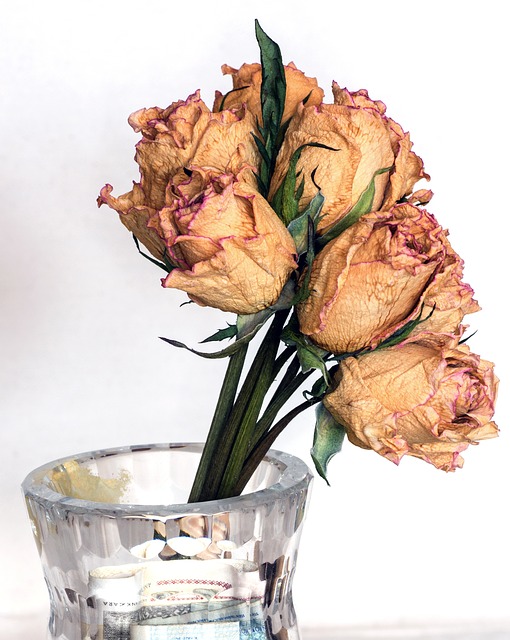How to Preserve Your Favourite Bouquet
15th Aug 2015

Don’t you wish your wedding bouquet or other special floral arrangement could last forever?
With the methods described below, you can make them last a lot longer than usual. Of course, you could always go to a professional to have your flowers preserved using high-tech equipment, but that could get expensive. Preserving your favourite flowers Is easier than you might think.
Read our handy guide below to decide which method works best for your flowers and your skill level:
Pressing
Pressing flowers is probably the oldest way of preserving them. You may have done this when you were a child. You can’t preserve an entire bouquet through pressing, but you can create keepsakes of selected flowers from the bouquet. This method works best with flowers that aren’t very bulky to begin with, such as lilies, violets, and pansies.
To press a flower, place it between two sheets of waxed or parchment paper. Put it between the pages of a book, sandwiched in between two more sheets of paper, and weigh it down with more books or other heavy materials. Check every few days to change the paper, because the flower could leak moisture into the book. After a few weeks, the flower will be dry. It’s very fragile, so handle with care! Frame the pressed flower, or use it to make anything from bookmakers to greeting cards.
Air Drying
Another traditional way of preserving flowers is by air-drying them. Air drying works especially well with roses and lavender.
To air dry a bouquet, trim excess foliage and make sure the stems are at least six inches long. Tie the bouquet and hang upside-down in a warm, dry place. You could also hang flowers individually. Make sure there’s good air circulation around the flowers. Let the flowers completely dry, which could take up to three weeks.
When your bouquet is dry, spray it with hairspray to make them stronger. Carefully arrange in a shadow box to display.
Microwave Drying
This is a faster way to dry flowers. However, it requires the use of a desiccant (a material that absorbs moisture, such as silica gel, clay cat litter, or a mixture of half cornmeal and half borax). Also, this method doesn’t work very well for very thick-petalled flowers.
To dry flowers using the microwave method, you’ll need a glass container or other microwave-safe container. Cover the bottom of the container with 1 to 2 inches of the silica gel or other desiccant. Place the flowers right-side-up in the container, making sure they don’t touch each other or the sides of the box. Keep gently adding silica gel/desiccant around the flowers to support the petals and leaves, until they are completely submerged in the desiccant.
Place the container with the flowers and a cup of water in the microwave. Turn on the microwave on full power for three minutes. Gently brush away the desiccant from one of the flowers to check if it is dry. If not, recover completely with desiccant and microwave for another minute. Check for drying again. Different types of flowers have different drying times. However, you don’t want to dry the flowers too much, because they will become brittle.
When the flowers are completely dry, leave them covered with the desiccant for 24 hours. Gently remove the desiccant, spray the dried flowers with hairspray, and keep in an airtight container.
Use any of these methods to preserve your favourite bouquet so you can enjoy them for many more years.
Have you tried any of these methods? Which one is your favourite?


